Fortune’s Formula: The Untold Story of the Scientific Betting System That Beat the Casinos and Wall Street
£8.60
In 1956 two Bell Labs scientists discovered the scientific formula for getting rich. One was mathematician Claude Shannon, neurotic father of our digital age, whose genius is ranked with Einstein’s. The other was John L. Kelly Jr., a Texas-born, gun-toting physicist. Together they applied the science of information theory–the basis of computers and the Internet–to the problem of making as much money as possible, as fast as possible.
Shannon and MIT mathematician Edward O. Thorp took the Kelly formula to Las Vegas. It worked. They realized that there was even more money to be made in the stock market. Thorp used the Kelly system with his phenomenally successful hedge fund, Princeton-Newport Partners. Shannon became a successful investor, too, topping even Warren Buffett’s rate of return. Fortune’s Formula traces how the Kelly formula sparked controversy even as it made fortunes at racetracks, casinos, and trading desks. It reveals the dark side of this alluring scheme, which is founded on exploiting an insider’s edge.
Shannon believed it was possible for a smart investor to beat the market–and William Poundstone’s Fortune’s Formula will convince you that he was right.
Read more
Additional information
| Publisher | Hill & Wang, Illustrated edition (19 Sept. 2006) |
|---|---|
| Language | English |
| Paperback | 408 pages |
| ISBN-10 | 9780809045990 |
| ISBN-13 | 978-0809045990 |
| Dimensions | 13.72 x 3.05 x 20.83 cm |

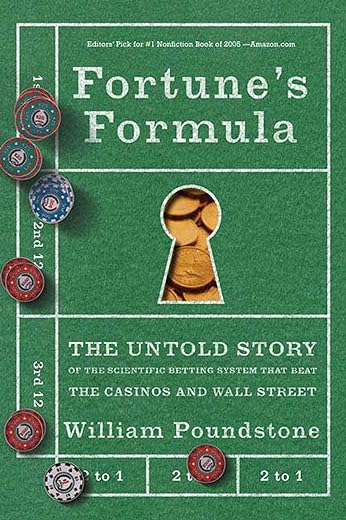
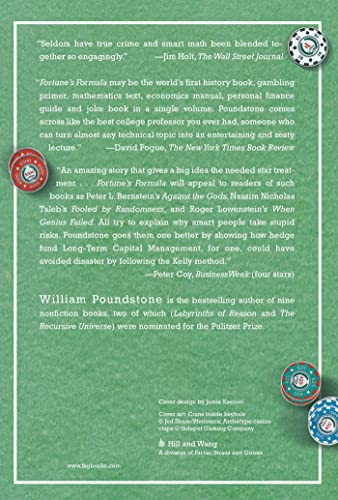

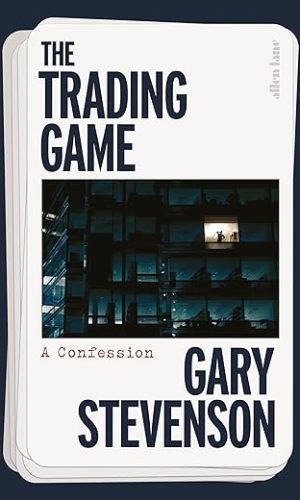


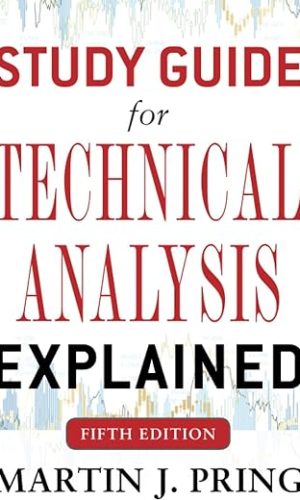
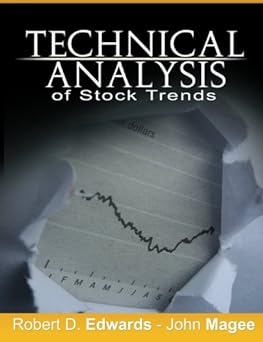
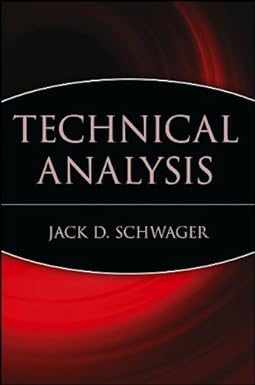
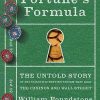
by James-philip Harries
William Poundstone, for my money, is the best science writer operating today. If you can bear Malcolm Gladwell, you’ll appreciate the quality when you make the switch to Poundstone. And he rarely does that sketch portrait schtick about the bearded researcher in the Hawaian shirt at an untidy desk in a cramped office on a leafy campus either, thanks.
This book, I’m sorry to say, is not his best. In fact it’s two books. One is about how to beat the system, by fair ways or mostly foul. Hence the crime stories. The second book is an examination of Efficient Market Theory. EFT is the notion that since all public information is already in the price, you can’t beat the stock market.
You can see why the two stories overlap. But they are, or should be, separate.
Beating the stock market is, however, what some people routinely do. And anyone who has owned shares has already been baffled how share prices can ignore great events but yo-yo on trivialities. From Bachelier to Samuelson, EFT has ignored these obvious problems. But it’s very difficult to confound EFT, because you have to design a scientific way of beating the market. The Kelly system got most of the way to being scientific. Ah, but science is replicable. And once there are more than a few Kelly betters in the market the scientific advantage disappears.
Many of the great names, from Bernoulli (utility) to Shannon (information) get name checks here, useful if you’re going to interview with an investment bank. I’d give the book 4 stars if it was by anyone else, and I really don’t quarrel with previous critics who’ve given it five. It’s just that I have got used to having very high expectations of this author.
Try
Against the Gods: The Remarkable Story of Risk
or
A Random Walk Down Wall Street: A Time-Tested Strategy for Successful Investing
instead or – alright – as well on this subject. And anything else by Poundstone if you have any curiosity about anything.
by Gcrikey
this book gives the best explaination on kelly formula – fact. apart from that it’s a in depth story on investment theory and card counting in vegas to name a few wonders of this book… i give this book 5 stars because the explanation of kelly formula wont send you to sleep, and the rest of the book is well written and insightful. i feel that it’s easy to learn something from this book while being a good read…
by Andrew Student
Disappointing, given the mostly positive reviews. The thesis is that the Kelly formula for calculating what proportion of a gamblers bankroll (or investment fund) to risk on a given bet (or trade) is the ‘scientific betting system that beat the casinos and Wall Street’. It isn’t and the author fails to make any case that it is. My key criticism, though, is the lack of a cohesive narrative. The author presents a 300 page story that covers mobsters, information theory, Wall Street deception and academic in-fighting, in the midst of which Kelly is covered in half dozen pages. Much of the material is, at best, only weakly related to the main theme. Although much of the biographical coverage (Shannon, Thorp, The MIT portfolio theory guys) was interesting, overall this is a disjointed read. If you have never met ideas like the Efficient Market Hypothesis or Kelly or Information Theory, you may feel somewhat enlightened (and entertained) by the end of the tale but for the more informed reader this book really hasn’t got a lot to offer. As an introduction to these concepts this book leaves much to be desired – at times I wondered whether the author really understood what he was writing about.
by Anonymous
The book quality was very body with cover feeling like textured paper and just as thin.
The topics discussed in the book are only loosely related and are discussed at the surface level without any real depth especially the maths which makes it difficult to apply. This makes the title quite a misnomer.
by Robert Matthews
Other reviewers have remarked on how entertaining this book is; those who have read some of Poundstone’s other works will find this no surprise. There are some wonderful anecdotes and insights here, with hard-ish science mixed in nice pen-portraits of the main protagonists.
However, having an interest in sports betting and investment, I also found the book very helpful in explaining the benefits and potential pitfalls of the Kelly approach (as Poundstone mentions, there is still antipathy towards the approach among some gambling experts who really should know better). In particular, he takes pains to explain why Kelly succeeds over both level staking and Martingale systems, and how volatility can be controlled through reduction in Kelly proportions and also diversification. I have benefited personally for these and other insights in the book, which I can thoroughly recommend.
by Londontrainer
Anyone interested in investments, from betting on horses to Casinos to Stock Markets this gives a history of the principles. Explaining the odds and theories still applied today by the most sophisticated Wall Street Quants.
Not a dry lecture with misleading equations that no one understands but a readable history that explains how you should invest. No one knows what the stock markets will do next but you can have an edge if you take a systematic approach.
by dustspeck
This book feels like it is written by a very enthusiastic lecturer giving a series of public lectures. As a result, some of the discussion on the mathematics used is quite light but the book is highly enjoyable as it is part biography, part mathematics, part history of gambling. Personally, if I had been the editor then parts of the mob story would have been cut and bit more on Kelly and Shannon and with some of the maths beefed up but even if this was the case you would still need to dip into a book on information theory so maybe the editor and author know more than me (and judging by the five star reviews they do!).
by The Reader
Very good book in the mold of Taleb and his series on probability. The writer tells some great stories to explain some quite profound insights. Well worth the read as gambling has some strong links to investing in general (in a good way that is).